Morphological and phenotypic characteristics of zebrafish embryos
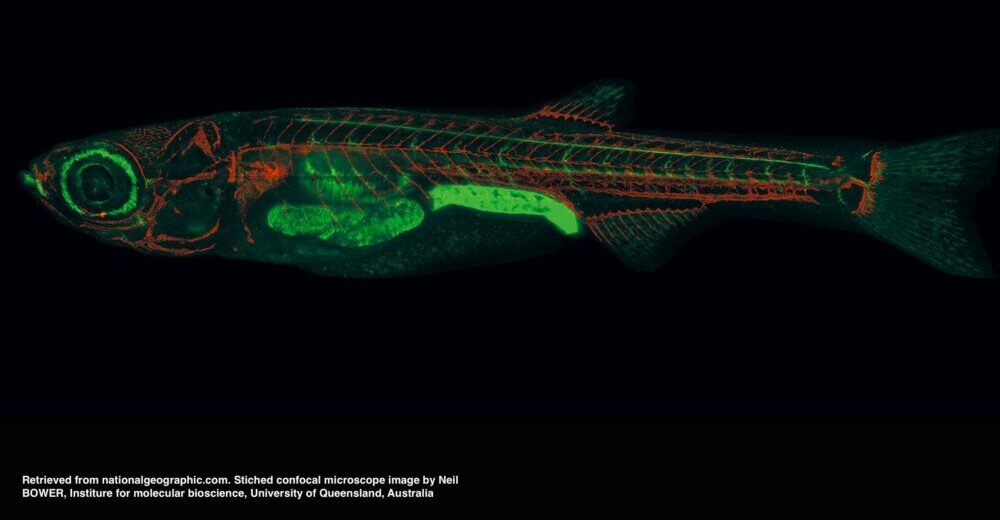
In our modern world, development of new synthetic compounds and chemicals is essential for many industries, such as the pharmaceutical, clothing and food industries. This has become a major public and environmental issue as many of these compounds can be toxic and detrimental to human and animal health. In addition to these artificial toxins, chemicals […]
Zebrafish early embryo sorting
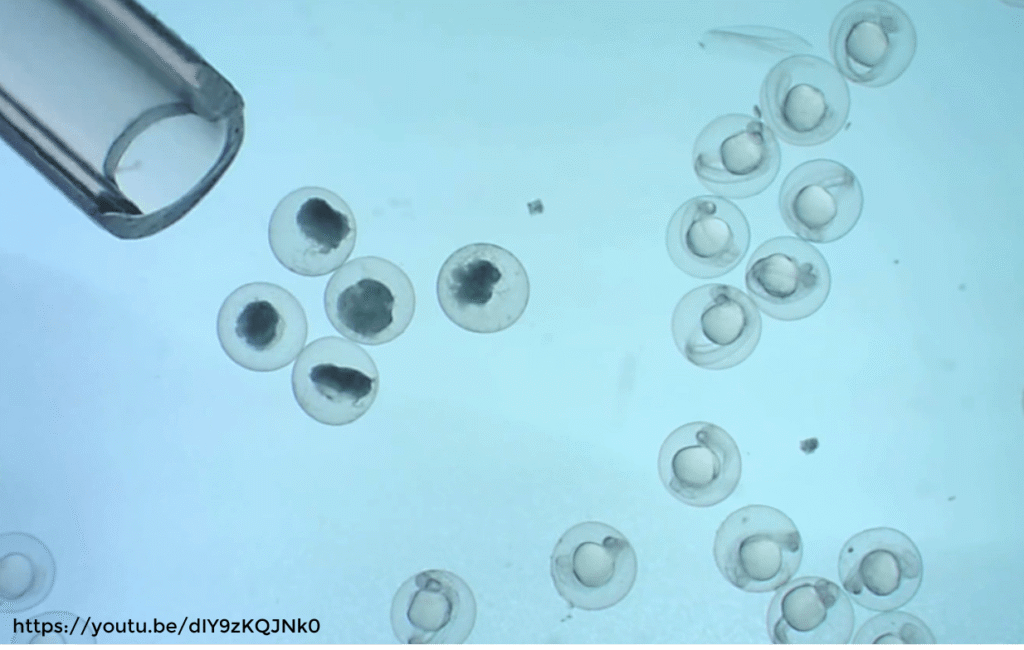
Over the past 20 years, the use of zebrafish in the lab has dramatically increased. In 2000, PubMed displayed 657 articles when searching for “zebrafish”. In 2020, that number shot up to 3’979 publications (1). This is most likely due to the many advantages zebrafish represent as an animal model (and which are resumed in […]
Artificial Intelligence for zebrafish egg sorting

Artificial intelligence always triggers a lot of curiosity when mentioned around a dinner table. AI brings in mind to a lot of people the latest fantastic movie released in the cinema with cool robots and futuristic computer systems. In reality and up until today, AI is really the science of giving to a material device […]
High-throughput screening and automation technologies for zebrafish assays
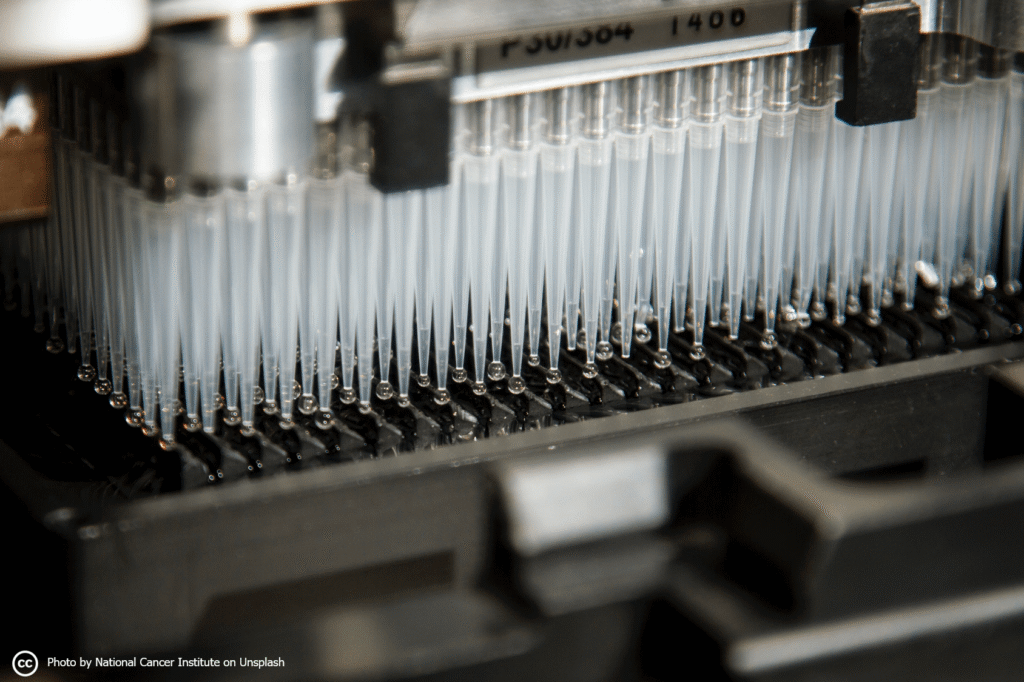
Although zebrafish have been described numerous times as ideal organism models, manual handling of zebrafish embryos can turn out to be complex and time consuming due to their small size and the large quantities of samples usually required in an experimental setup (1). To increase efficiency of such studies, it has been crucial to develop […]
Using zebrafish for drug testing

Toxicology studies have proven to be quite translatable from zebrafish to mammals. As a matter of fact, concordance between studies ran on zebrafish and rodents can reach up to 87% (1). Therefore, the use of zebrafish in the fields of pharmacology and toxicology is opening new and innovative ways to test and develop new drug compounds and […]
Reducing animal experimentation thanks to zebrafish
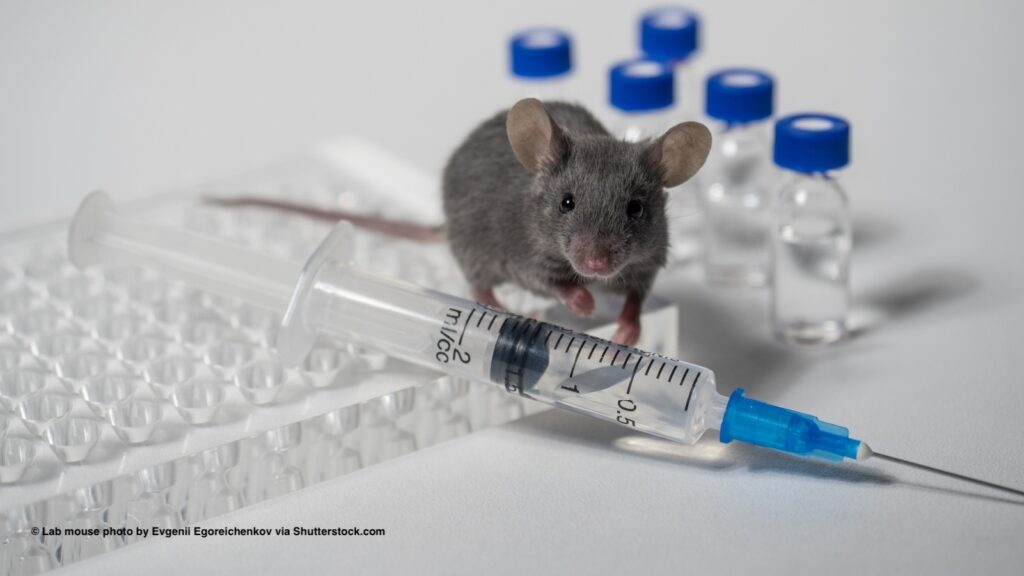
The use of animals for scientific research and experimentations started over 2,000 years ago in ancient Greece (1). Although initial experiments were purely observational and comparative with the intent to learn more about human physiology and anatomy, animals quickly became models for translational research in numerous biological fields, mostly to contribute to human and animal […]
What are zebrafish?
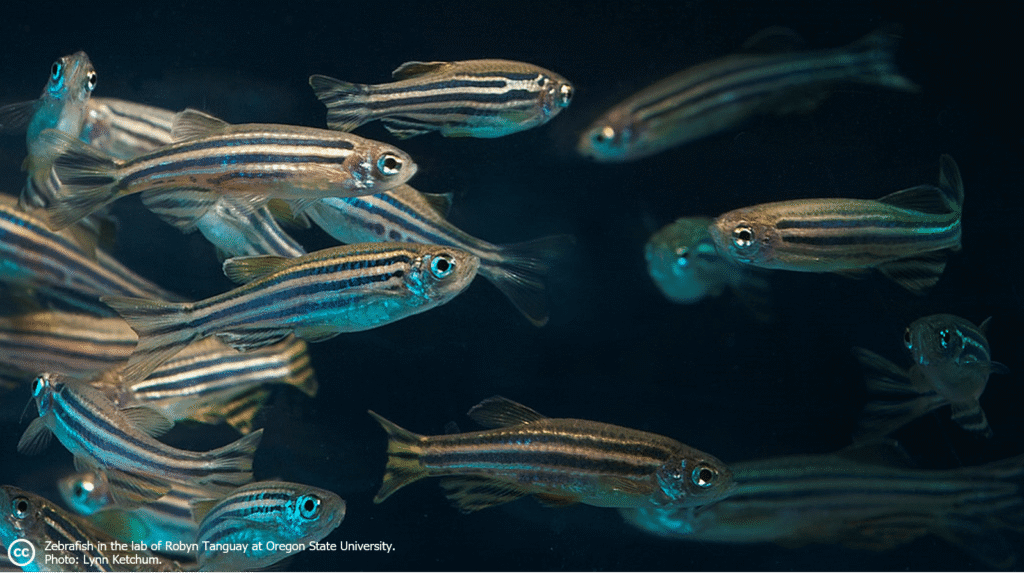
As far as research is concerned, all of us are well aware of the use of Mus musculus (mice) or Drosophila melanogaster (fruit flies) as animal models in laboratories. But what about Danio rerio, also known as zebrafish? Over the past several years, the use of zebrafish as a model in several research areas has increased due to numerous […]
The Future and Emerging Technologies (FET) Innovation LaunchPad
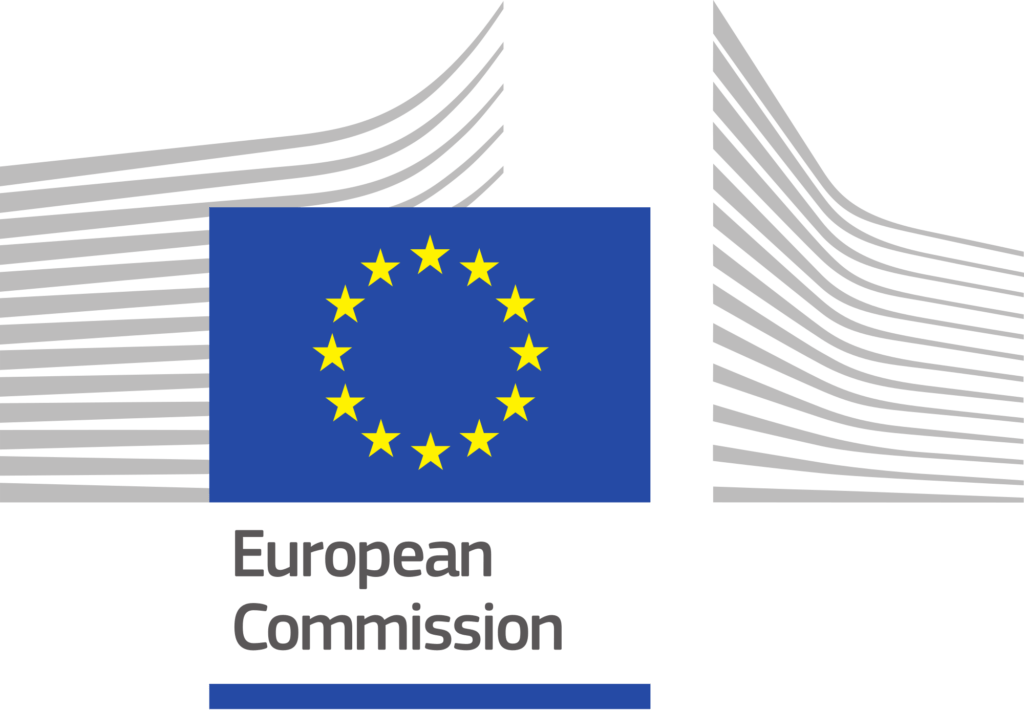
We are very proud of being recognized by FET as one of the several successful examples funded by their Innovation Launchpad. The new call for the FET Innovation LaunchPad is now open until the 14th of October 2020 and we are honored to have their recognition as one of the successful examples funded by this […]